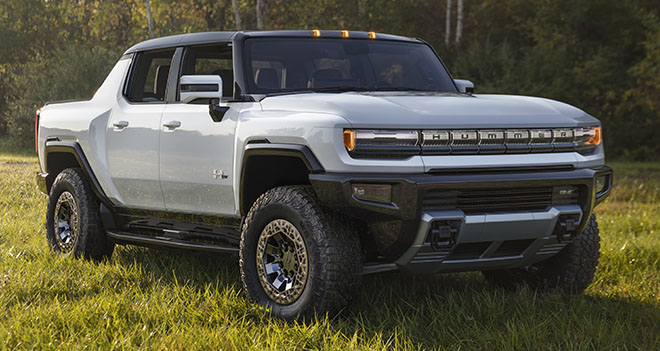[ad_1]
EV conversions are not generally thought of as a way to save money—in the passenger vehicle segment, they tend to be the province of affluent car-lovers. However, a recent report from the World Resources Institute tells us that repowering existing school buses with electric drivetrains could be a lower-cost and greener option compared to buying a new electric bus.
According to WRI, the first school bus repowers were performed in 2014, and several companies now offer conversions. SEA Electric and Midwest Transit have made a deal to repower 10,000 school buses over the next five years; Blue Bird has partnered with Lightning eMotors to offer a factory-certified repower program for Type C gas- and propane-powered school buses; and Unique Electric Solutions has seven repowered electric school buses currently in operation.
WRI cites several reasons for operators to consider repowering instead of buying new buses:
Lower cost—New electric buses can cost over $300,000, but a repowered school bus can be had for between $110,000 and $180,000. And of course, repowering a bus that a fleet operator already owns can offer additional savings.
Incentive Programs—Several state programs support repowered electric school buses. Voucher programs in California and New York allow up to $43,500 and $120,000, respectively, for eligible repowered school buses. New incentive programs in Colorado and New Jersey also include repowered school buses.
The EPA has told WRI that under the Clean School Bus Program, some electric conversions may be eligible for rebates, although none have yet been awarded. Similarly, repowers could qualify under the Diesel Reduction Act (DERA) program.
Reuse—Repowering promotes sustainability by extending the life of functional chassis and bodies. Every school bus chassis and body that is reused eliminates the need to manufacture a new bus.
Some existing funding programs, such as state-administered Volkswagen Settlement Funding, require retired fossil-fuel buses to be permanently taken out of service by drilling a hole in the engine block and/or cutting the vehicle frame rails. This puts a stop to the common practice of transferring old vehicles to lower-income countries—and it also creates a supply of used chassis for repowers.
Repowered buses can use the same parts as new e-buses—Repowered school buses are typically built with a similar electric drive system to new electric school buses and often use the same suppliers for battery packs and other components, so replacement parts should be readily available.
Source: World Resources Institute
[ad_2]
Source link




